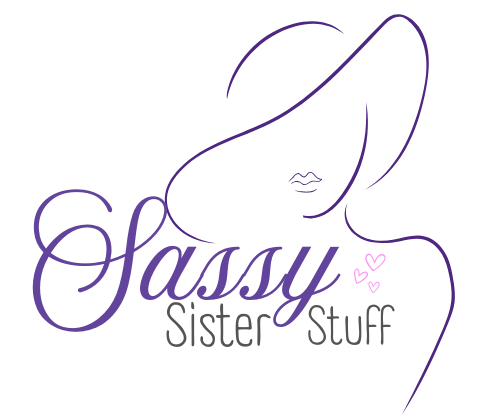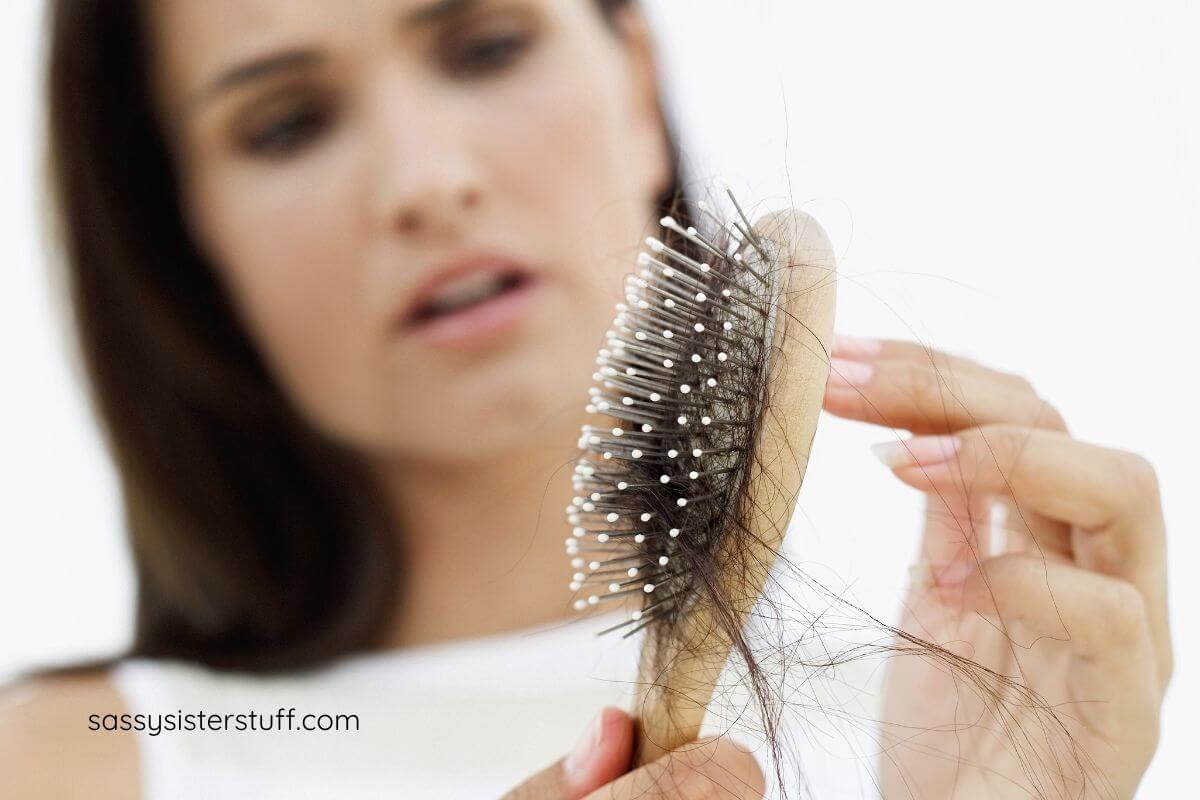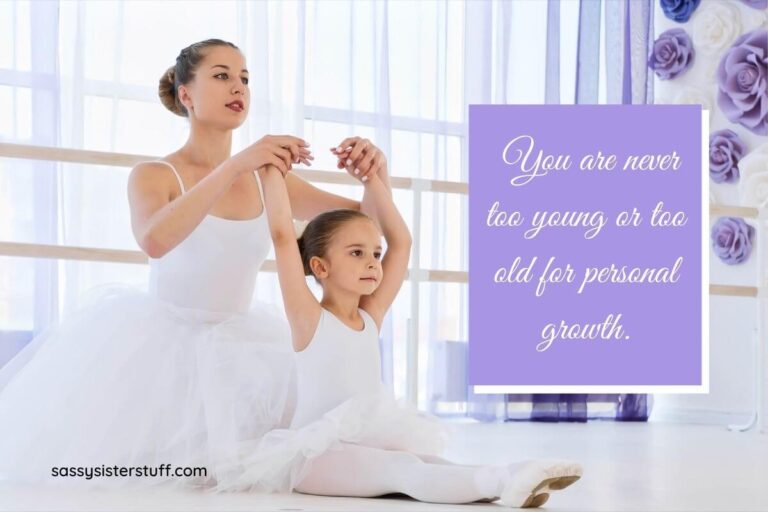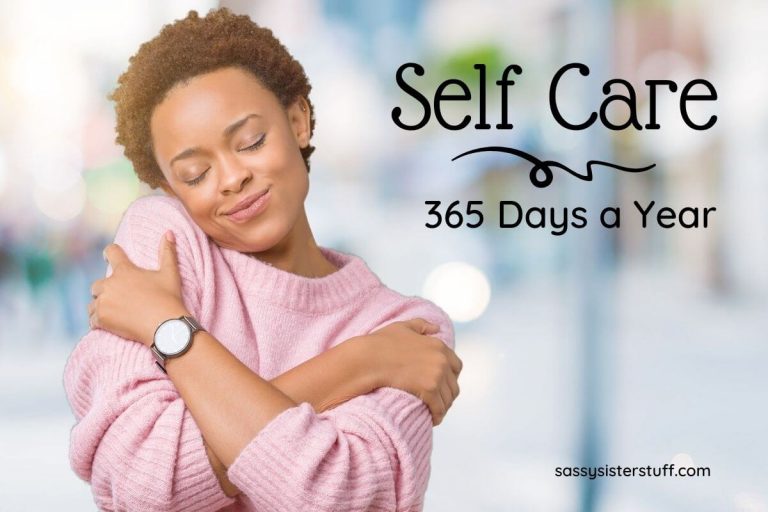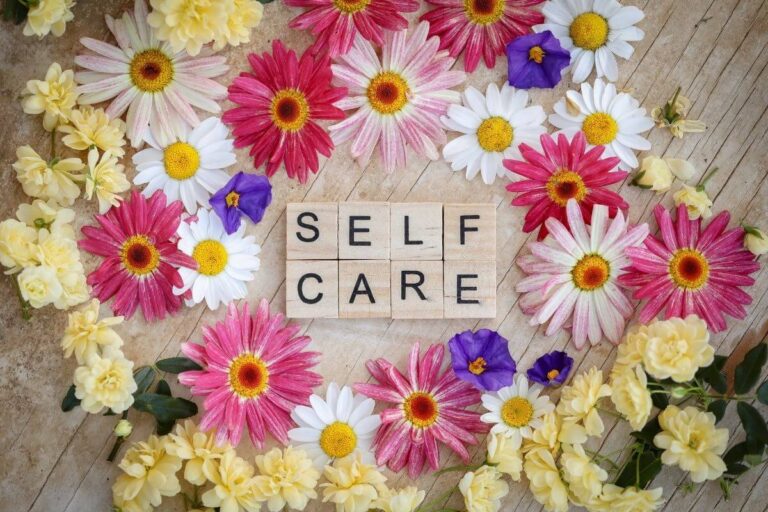Hair Loss in Midlife: 9 Smart, Gentle Ways to Protect Your Hair
If you’ve noticed more hair in your brush or a little extra shedding in the shower, you’re not alone — and you’re definitely not imagining it.
Many women start experiencing hair thinning or hair loss in midlife, thanks to a lovely mix of hormonal changes, stress, aging, and even genetics.
But there is some good news! You don’t have to sit back and let your strands slip away without a fight.
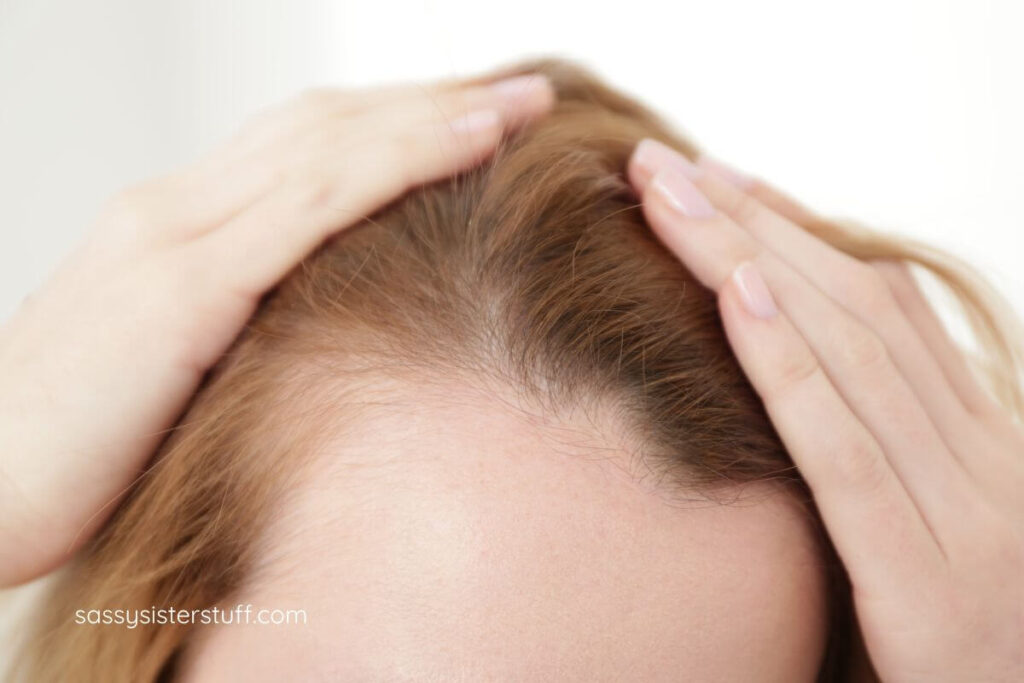
There are gentle, practical ways to protect your hair, support healthy growth, and feel more in control — without diving into expensive treatments or harsh chemicals.
I’ve experienced hair loss and thinning for several years and have found several ways to protect my hair!
Let’s explore what really works to prevent hair loss — and ways to protect your hair — with love.
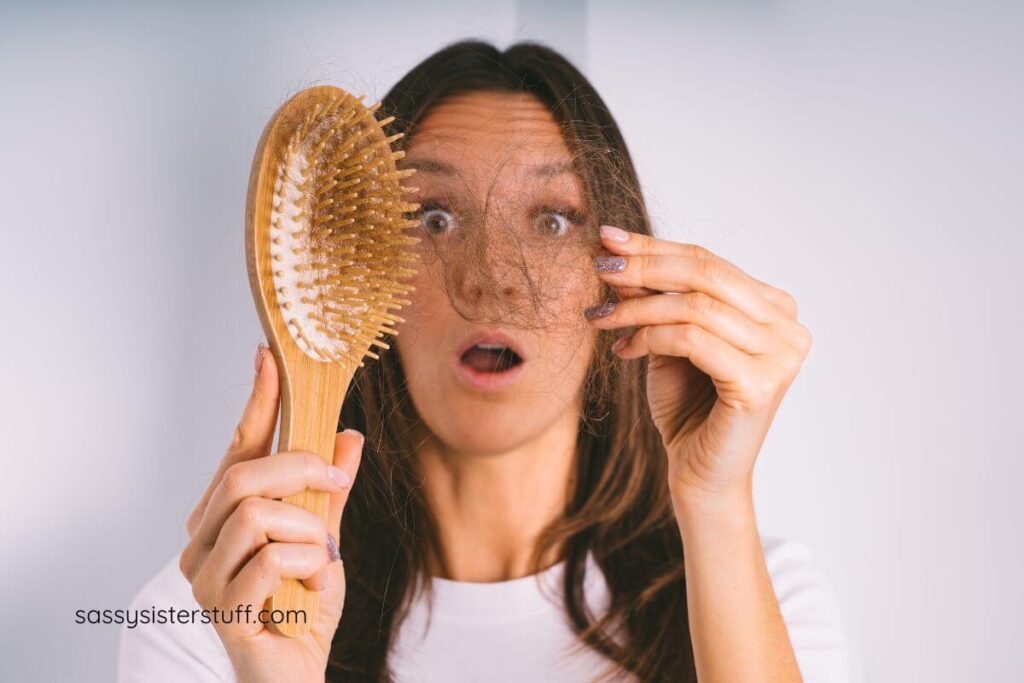
Let’s Talk About Hair Loss in Midlife and Ways to Protect Your Hair
Hair loss in midlife is a common concern affecting both men and women, often triggered by a combination of hormonal shifts, stress, health issues, or genetic predispositions — but it’s nothing to be embarrassed about.
While the prospect of a changing hairline can feel disheartening, it’s important to know that there are proactive ways to protect your hair. Don’t let it impact your confidence or beautiful smile!
Understanding and acknowledging the common causes of midlife hair loss is the first step towards adopting effective strategies for maintaining healthy and vibrant hair as you navigate this stage of life.
It’s part of many women’s journeys, and there are things we can do to support healthy hair growth. Let’s dive in!
1. Nourish from Within
Your hair needs fuel to grow strong. That starts with what’s on your plate. Focus on a well-balanced diet rich in:
- Lean protein (like eggs, chicken, or beans)
- Iron-rich foods (like spinach or lentils)
- Healthy fats (like avocado and salmon)
- Biotin and other B vitamins
- Vitamins A, C, D, and E
A balanced diet supports your whole body — and that includes your hair.
2. Be Gentle with Your Hair
Tugging on your hair, brushing too hard, or wearing tight hairstyles like ponytails can stress your hair strands. Instead:
- Use a wide-tooth comb
- Let hair air-dry when you can
- Avoid heat tools as much as possible or use them on a low setting
- Skip tight ponytails and harsh clips as much as possible
Think of your hair like silk — treat it kindly! Handle with care.
3. Choose Hair-Friendly Products
Many hair products have harsh ingredients that can dry out your scalp and weaken your hair. Look for:
- Sulfate-free shampoos
- Lightweight conditioners
- Products made for thinning or aging hair
- Moisturizers that chemical-free
Avoid heavy products with alcohols or drying agents. Less buildup and fewer chemicals = happier hair.
4. Check Your Hormones
Hormonal changes in perimenopause and menopause are a big reason many of us see more shedding.
If your hair loss feels sudden, patchy, or extreme, it’s worth getting your hormone levels checked.
Also talk to your doctor about your thyroid, iron levels, or other possible causes. Getting answers can bring peace of mind — and sometimes, real solutions.
5. Reduce Stress
High stress can send your hair into a “shedding” phase. It’s a real thing, and it happens to a lot of us. Try to build in calming moments during your day:
- A short walk
- Deep breathing
- Stretching
- Journaling
You don’t need a full spa day. Even 10 minutes of calm can help your body — and your hair — reset.
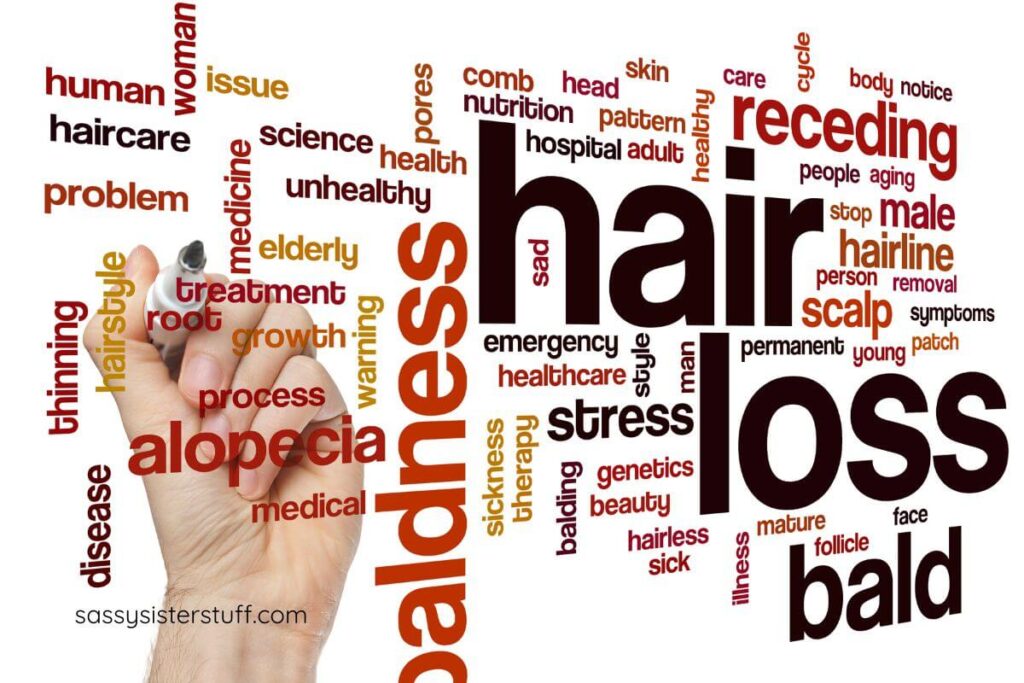
6. Scalp Care Matters
Healthy hair starts at the roots. A healthy scalp means a healthy place for your hair to grow.
Try massaging your scalp for a few minutes daily to stimulate circulation. You can use your fingertips or a soft scalp brush.
There are also lightweight scalp oils or serums with rosemary or peppermint that may support growth.
If you really want to treat yourself, many hair salons today offer scalp massage treatments that you can try. My daughter had one recently and loved it!
Bonus: a scalp massage is super relaxing, too!
7. Consider Supplements (with Caution)
Hair supplements are everywhere, but they’re not one-size-fits-all. You must do your homework.
Some supplements may help — especially those with biotin, collagen, zinc, or keratin.
But always check with your doctor before adding a new supplement, especially if you’re on medication.
More isn’t always better — and safety matters more than hype.
8. Styling with Care
Be careful not to overdo daily styling. Braids, creative twists, and even wigs can be fun, but your hair needs a break.
Switch up your part, avoid products every now and then, don’t use glue-on wigs that can break hair, and go without your extensions periodically.
Your hair needs rest days just like you do!
9. Know When to Seek Help
If your hair loss is extreme, patchy, or you see changes in your scalp, it’s time to check in with a dermatologist.
They can help figure out if it’s something like androgenetic alopecia, a scalp condition, or a reaction to meds.
Getting support early can prevent further loss — and ease your mind.
BONUS: Consider Using a Silk Pillowcase
I’ve been using Blissy silk pillowcases for several years. They are supposed to help with hair and skin health while you sleep. I believe they help!
The science-based evidence is mixed about whether they help with hair loss, but there are several potential benefits:
- Reduced friction: Silk pillowcases are smooth and less likely to cause friction against the hair, which can lead to breakage.
- Protected hair cuticles: Silk can help protect the hair cuticles from damage caused by tossing and turning during sleep.
- Reduced oil absorption: Silk is less absorbent than cotton, so it may help reduce oil buildup on the hair.
You may want to try a silk pillowcase and see if it helps you!
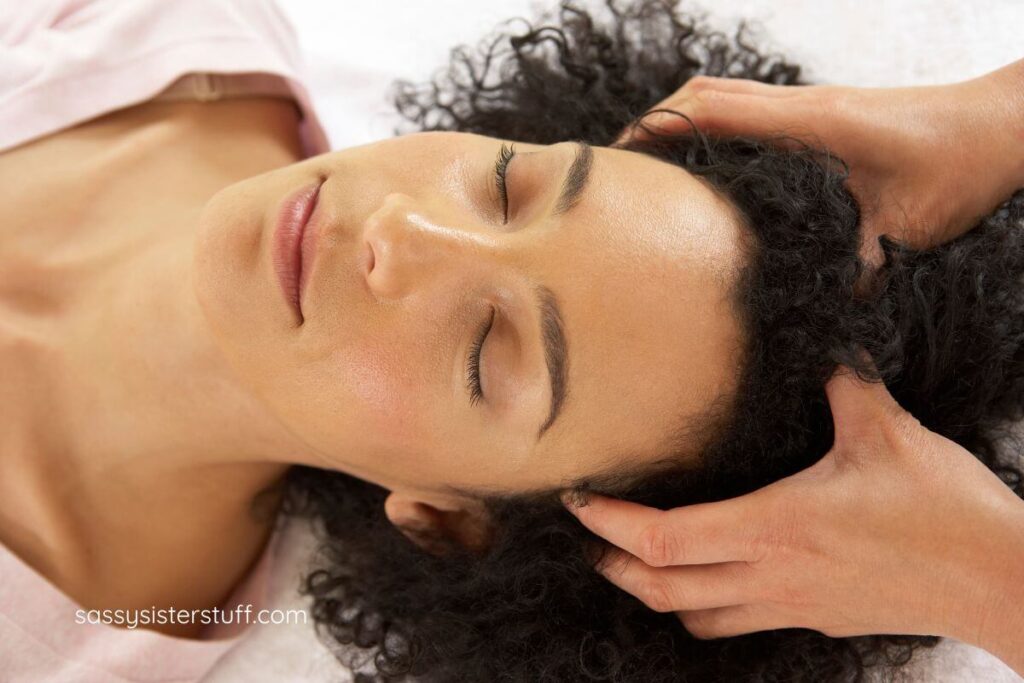
Closing: You’re Still Glowing, With or Without Every Strand
Hair changes can be frustrating, but they don’t define your beauty, your spirit, or your strength.
Taking small steps to care for your hair — and your whole self — is part of showing up for the vibrant woman you are.
So nourish your body, be kind to your scalp, lower your stress, and remember you are radiant, powerful, and worthy at every stage.
Hair or no hair, you’ve still got that Sassy Sister sparkle.
Related Articles You’ll Love
- How to Manage Dry Hair as You Age and Restore the Shine
You may have another hair problem as you age — the dreaded dry hair issue! Learn how to restore your shine here! - Wellness Routines That Are Actually Sustainable
No pressure, no perfection. Just real routines that feel good and actually stick. - 35 Empowering Quotes About Midlife Growth and Change
Sometimes, you just need the right words to remind yourself how strong you are. - 5 Pillars of Well-Being: A Roadmap to Living Well
Because caring for your whole self is the best kind of beauty treatment.
Love to ALL! ~ Susan
